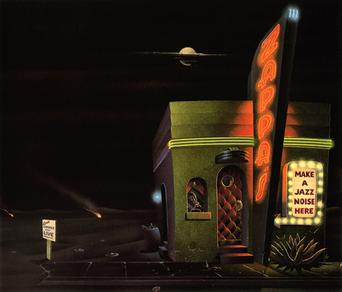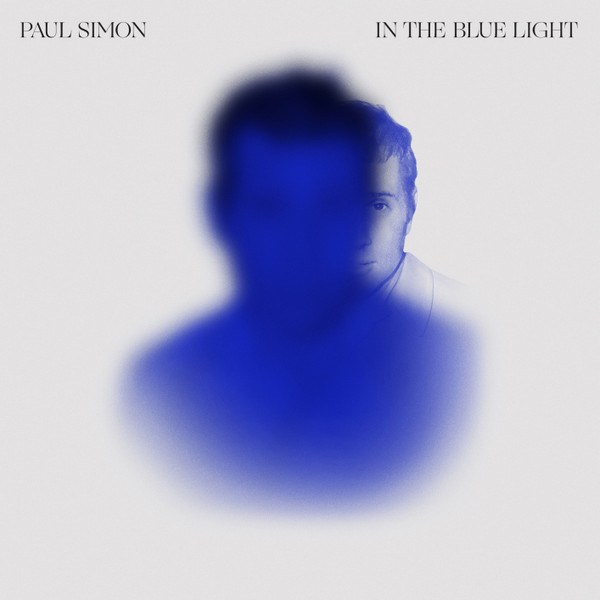Joe Strummer begins the attack right away on “Know Your Rights” (“all three of ‘em”), as relentless as it is minimal. (This was the album’s first single in England, wisely not tried in America.) “Car Jamming” is a strange hodgepodge, somewhere between the sunny pop of “Hitsville U.K.”—complete with Ellen Foley in the chorus again—and rap poetry. It’s too slow to dance too, but too uptempo not to. Two Clash classics follow back to back, and likely the reasons why the album sold so well: “Should I Stay Or Should I Go” is a trash masterpiece from Mick Jones, from its scraped intro to the double-time choruses with our favorite part, the echoed backing in Spanish; “Rock The Casbah” is even more iconic, especially considering that the entire track save the guitars, vocals, and lyrics was all courtesy of drummer Topper Headon—even the piano! While it begins with a wonderful ska-influenced intro, “Red Angel Dragnet” is further proof that Paul Simonon couldn’t carry a tune if he was handcuffed to it. What’s more, band associate Kosmo Vinyl interrupts halfway through to growl some of Travis Bickle’s monologues from Taxi Driver. In the context of the album, it makes “Straight To Hell” all the more striking, with its tribal drums competing with the guitar effects and Joe’s pointed political lyrics. Vietnam was still a sore subject in America then, and he pulls no punches.
Side two continues more in the vein of the experiments on Sandinista!, and not always in a good way. Those who enjoyed the dance aspects of the last album might have enjoyed “Overpowered By Funk”, at least up until the mic is turned over to graffiti artist Futura 2000 for a less-than-assertive rap. “Atom Tan” has some nicely vocal interplay between Strummer and Jones, but the white-on-black lyric sheet is needed to decipher the imagery. “Sean Flynn” takes us back to Vietnam for a track named after a photojournalist who disappeared outside Saigon in 1970. There’s a song in here, but the dominant atmospherics make it more of an art installation. “Ghetto Defendant” is much in the same vein, except that it features recitations by special guest Allen Ginsberg, which distract from Joe’s decent vocal. “Inoculated City” is catchy if inscrutable, but the simple beat and toilet clean commercial sample predict Mick Jones’ future. It’s a distraction before the lounge jazz of “Death Is A Star” wherein Joe recites poetry for a change. Lord knows if any of the kids who bought the album for the singles made it through this side more than once.
Combat Rock was planned as a double album—the band’s third multi-disc set—except that legendary producer Glyn Johns was brought in to mix the tracks and rein in Mick Jones in the process. The legend of the unreleased Rat Patrol From Fort Bragg endured for decades, with no solid sequence ever confirmed, until various B-sides were identified as leftovers in this century, and other outtakes were included on box sets. Then, the 40th anniversary of the album brought an expanded version called Combat Rock + The People’s Hall that included another hour’s worth of extra material of varying interest.
If these tracks had been part of the original double album, it’s arguable that it might not have been as big a hit. To wit, “Outside Bonds” is four minutes of audio-verité captured outside the New York City nightclub where the band had an extended residency. “Futura 2000” is alternate mix of a rap single by the auteur, with the band’s backing. Mikey Dread is featured on “Radio One”, which had been the B-side to “Hitsville U.K.”, whereas “He Who Dares Or Is Tired” sounds like a dub version of “Hitsville” itself. “Radio Clash”, “First Night Back In London”, and “Long Time Jerk” were B-sides already collected on Super Black Market Clash and the Sound System box. Five other outtakes had already been in the Sound System box as well, including “Midnight To Stevens” (a tribute to the producer of London Calling), an extended, more musical “Sean Flynn”, and an alternate “Know Your Rights”. (A mildly entertaining two-song EP featuring the English Beat’s Ranking Roger toasting over “Rock The Casbah” and “Red Angel Dragnet” was released separately around the same time; these would have certainly been welcome in the main set.)
The Clash Combat Rock (1982)—3
2022 Combat Rock + The People’s Hall Special Edition: same as 1982, plus 12 extra tracks







